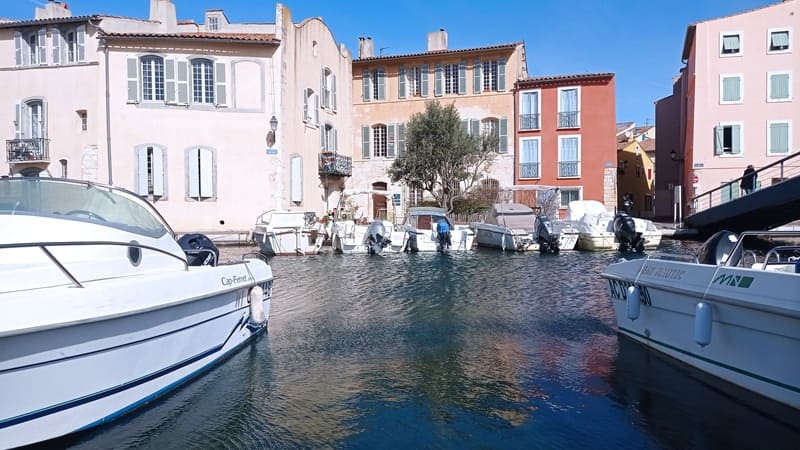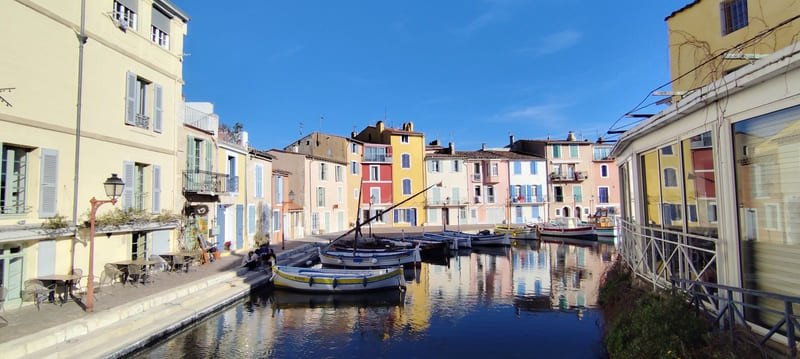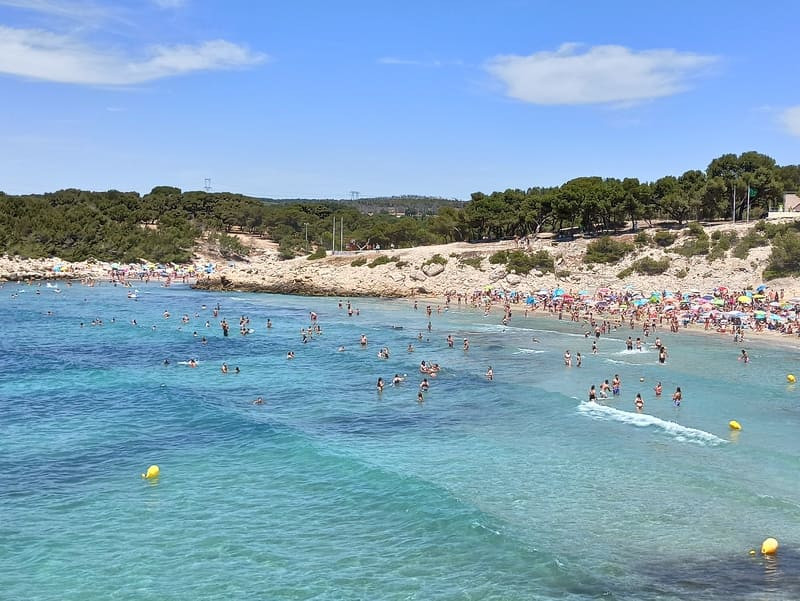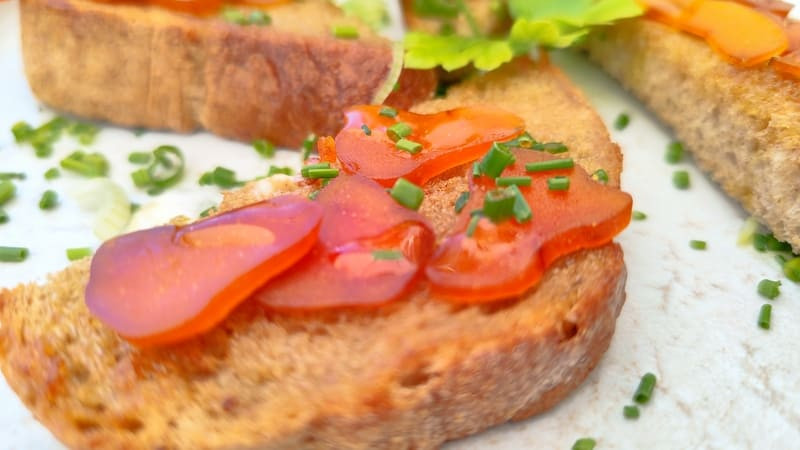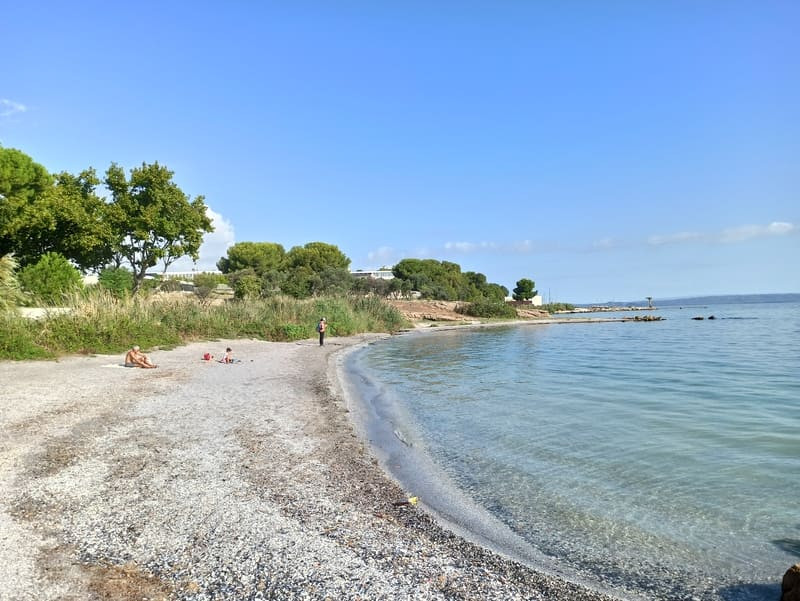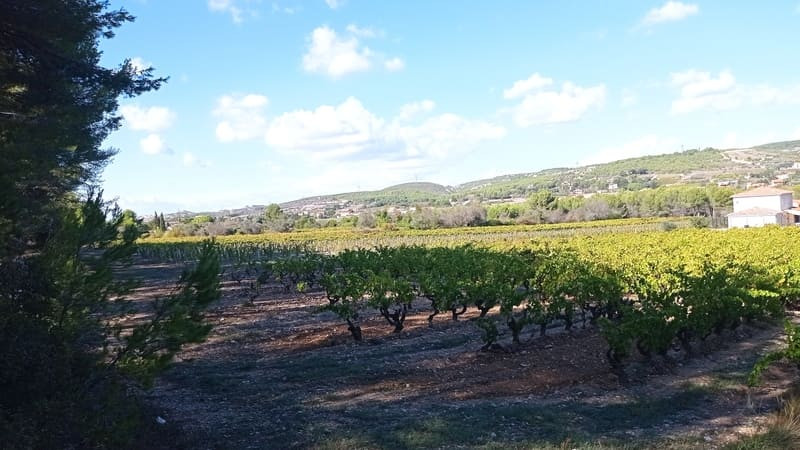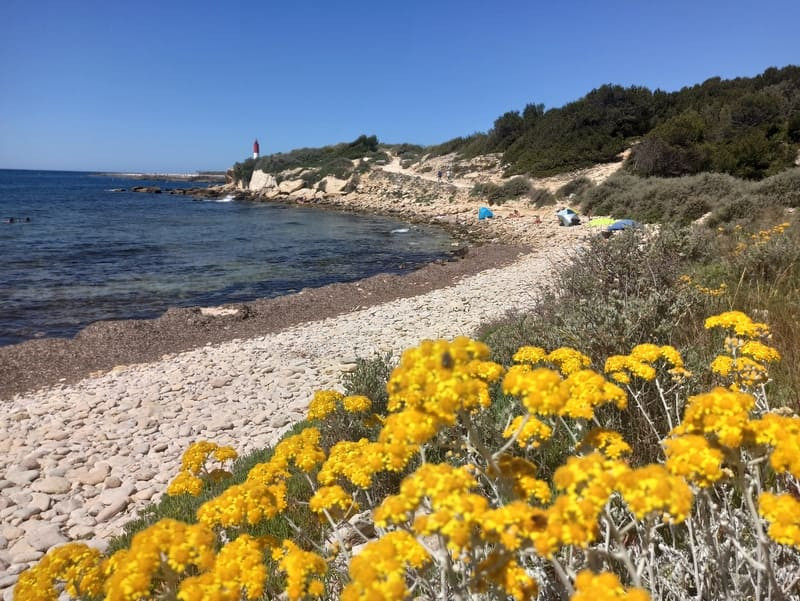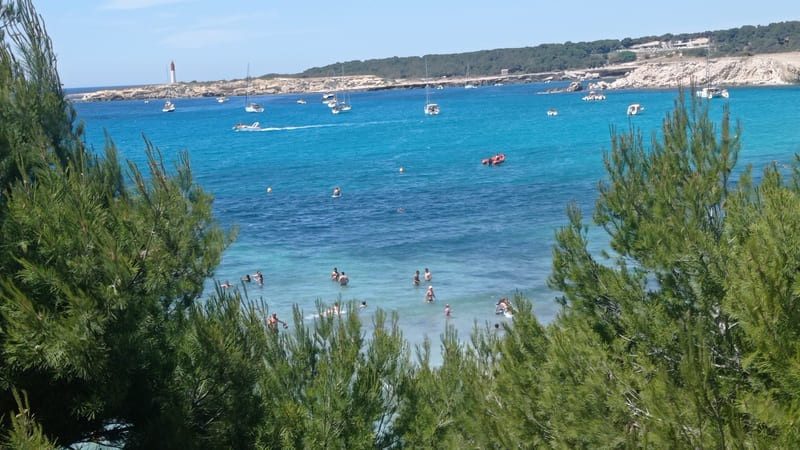What should I know about the Côte Bleue?
Where is the Côte Bleue located?
The Côte Bleue stretches over about 30 kilometers between Marseille and Martigues, in the Bouches-du-Rhône region.
What are the characteristics of the beaches on the Côte Bleue?
Most beaches on the Côte Bleue are made of pebbles and surrounded by seabeds rich in sea urchins. However, near Martigues, the beaches consist exclusively of sand.
What can you see on the Côte Bleue?
A series of coves, small creeks, and beaches, along with breathtaking views of the Frioul Islands, Marseille, and its famous calanques.
What activities can you do on the Côte Bleue?
The area is perfect for hiking, swimming, and exploring marine biodiversity.
What is the Parc Marin de la Côte Bleue?
The Parc Marin de la Côte Bleue is a protected marine area covering 28 km of coastline. Created to preserve the exceptional biodiversity of its seabeds, it is also a favored spot for eco-friendly activities.
What are the main towns of the Côte Bleue?
The main towns of the Côte Bleue are: Le Rove, Ensuès-la-Redonne, Carry-le-Rouet, Sausset-les-Pins, and Martigues (La Couronne - Carro).
Why are there algae on the beaches?
The "algae" seen on the beaches are actually dead Posidonia, intentionally left in place. These marine plants play a fundamental ecological role: they provide habitat for many marine organisms and are considered the "lungs" of the Mediterranean.
Related Questions
What are the best times of year to visit the Côte Bleue?
- Spring (March to mid-June): This is the ideal time to enjoy the Côte Bleue. There are few tourists, nature is awakening, and the temperatures are mild—perfect for hiking and exploring picturesque villages.
- Autumn (mid-September to November): The weather remains pleasant, the days are still sunny, and there are fewer crowds than in summer. Shops and restaurants are usually still open, creating a relaxed and enjoyable atmosphere.
Are there water sports or aquatic activities accessible from the Côte Bleue?
Yes, the Côte Bleue offers many water sports suitable for all levels:
- Gliding sports: Stand-up paddleboarding, sea kayaking, surfing (especially at the Carro spot), wakeboarding, jet skiing (with or without a license).
- Leisure and relaxation activities: Tubing, snorkeling, pedal boats, sailing.
Our partner nautical bases: Water Sports 13 in La Couronne, Verdon Détente on La Couronne beach, and Base Nature & Nautique (BNN) in Carry-le-Rouet. These activities are generally available from June to September, with conditions suitable for children, families, and beginners.


